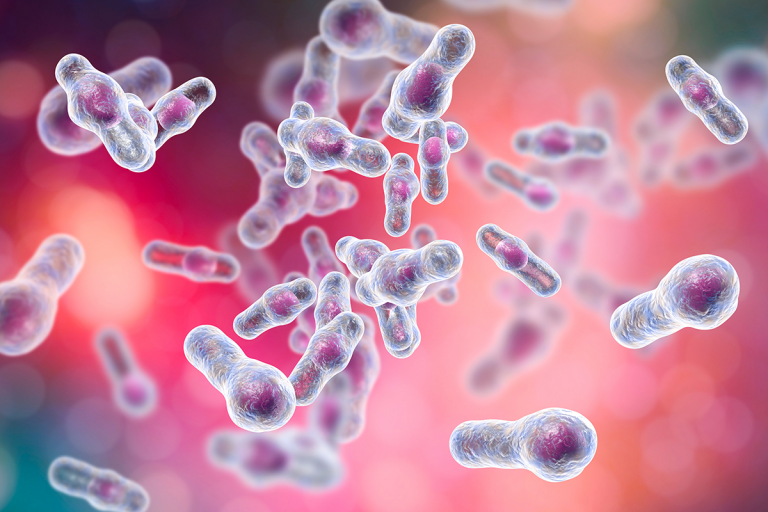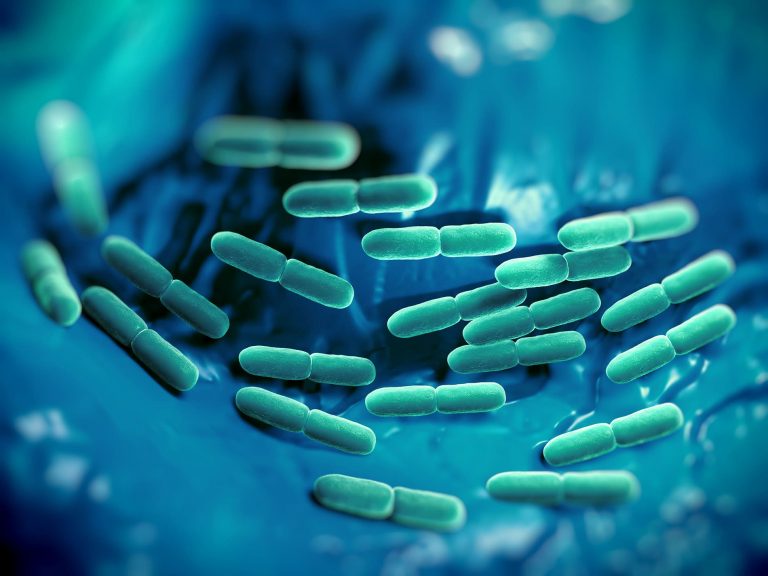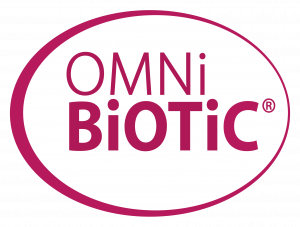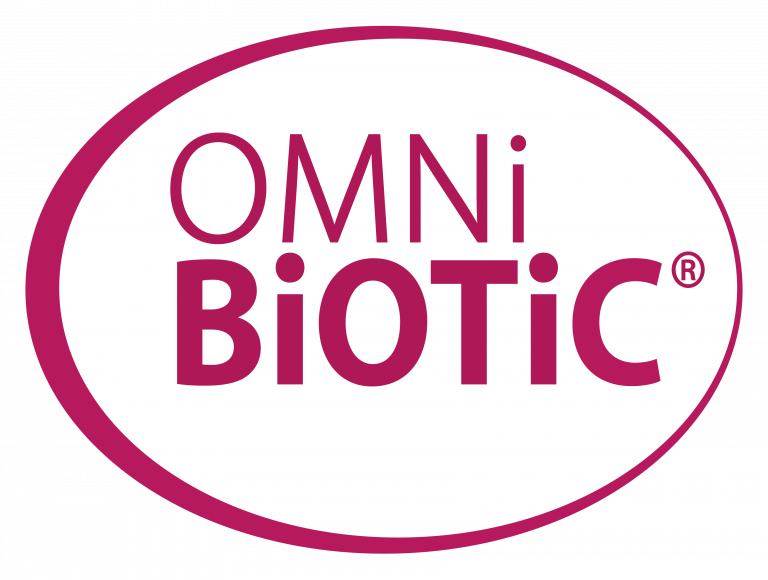Prebiotics
At first glance, the intestines, lungs, skin, brain and reproductive organs do not have much in common. However, a closer look reveals that tiny bacteria colonise our bodies greatly influencing every single one of our cells and acting like a protective battalion.
Contents
What are prebiotics?
Unlike probiotics, prebiotics are not living organisms. They are dietary fibres, such as inulin or fructose oligosaccharides, which cannot be broken down and digested in the small intestine and therefore reach the large intestine intact. There they serve as food for the intestine’s own healthy bacteria. Prebiotics promote the growth of bifidobacteria and reduce the colonisation of potentially harmful bacterial species. Bacterial fermentation of prebiotics produces short-chain fatty acids, which are absorbed and metabolised in the liver and are thus available to the organism as an energy source.

Effect of Prebiotics
The effect of prebiotics is based on stimulating the growth of bifidobacteria and lactobacilli and consequently the production of short-chain fatty acids, which lowers the pH in the intestine and therefore increases the solubility of certain minerals and enhances the absorption of calcium, magnesium, sodium and phosphorus. Prebiotics block the binding of harmful bacteria because they resemble the binding sites on intestinal cells. “Bad” germs bind irreversibly to prebiotics and can subsequently be excreted from the body. Therefore, for example, there is a reduced growth in diarrhoeal pathogens such as Clostridium difficile and the penetration of pathogenic germs into the intestinal mucosa. The short-chain fatty acids formed also provide an energy source for the intestinal mucosa of the colon and inhibit inflammatory reactions.
Dietary fibres are of great importance for the normal function of digestion. They regulate the transport of food through the intestine.
What are synbiotics?
Due to the positive interactions of the pre- and probiotics with the intestinal flora and the intestinal immune system, the combination of these active substances is recommended. Synbiotics represent a combination of pro- and prebiotics. They usually consist of one or more bacterial strains in combination with the substrates to be used for them, the prebiotics.
Prebiotics serve as protection for the probiotic bacteria against stomach and bile acids during passage through the digestive tract and enable optimal colonisation in the intestine.


Prebiotics vs. Probiotics
Unlike probiotics, prebiotics are not living organisms. They are dietary fibres, such as inulin or fructose oligosaccharides, which cannot be broken down and digested in the small intestine and therefore they reach the large intestine intact.
Why dietary fibre is so important
Humans need dietary fibre to survive. They serve as food for important bacteria and help health: they protect against cancer and gallstones, they regulate blood sugar and lower the bad LDL cholesterol, they protect against heart attacks and high blood pressure and also against diabetes, which was previously known. As late as 1800, people were still eating almost a kilo of wholemeal bread every day – there was nothing else at the time. And they consumed 100 grams of dietary fibre per day from bread alone. Today, people get a total of just 20 grams of dietary fibre a day. Nutritionists advise that we should consume at least 30 grams a day, diabetics even at least 40 grams.
Dietary fibres are of far greater importance specifically for our intestinal bacteria: Specific dietary fibres serve as the basis of life for our little "helpers".
Dietary fibres are complex carbohydrates that are only found in plant-based foods. Unlike “normal” carbohydrates (such as in sugar or flour), we can only get a little energy from the “indigestible” dietary fibres. But why then is dietary fibre so important – especially for digestion? Dietary fibres are of great importance for the normal function of digestion. They regulate the transport of food through the intestines: in the case of constipation, they increase the stool volume and soften the stool so that it can be excreted more easily. In the case of diarrhoea, on the other hand, dietary fibres can thicken the liquid stool due to their strong swelling properties.
However, dietary fibres are of far greater importance specifically for our intestinal bacteria: Specific dietary fibres (such as corn dextrin and guar gum) serve as the basis of life for our little “helpers”. Too little dietary fibre leads to many of our intestinal bacteria starving to death. As a result, they can no longer perform their tasks, such as absorbing important nutrients from food, excreting toxins and germs that enter our intestines with some foods, and powering our immune system, 80% of whose cells are located in the intestines.
Problems with your gut health?
Irritable bowel syndrome, chronic inflammatory bowel disease, diarrhoea, constipation, and bloating are the most common complaints in and originating from the gut.
But how exactly can these be diagnosed?
What are the symptoms? And what treatment options are there?












